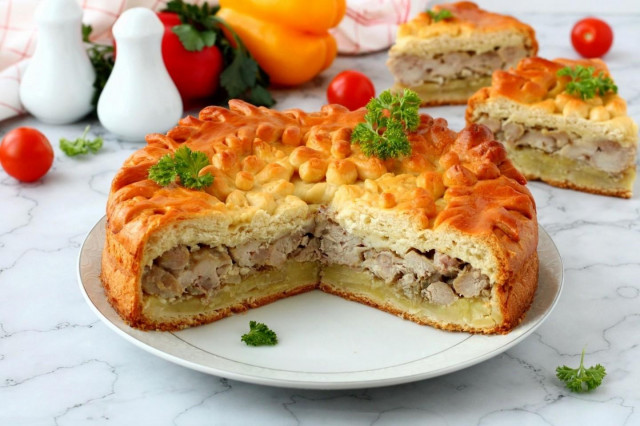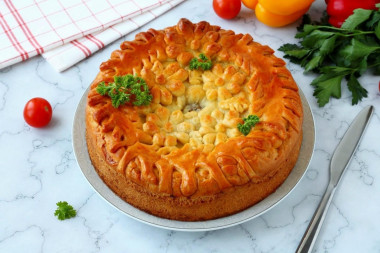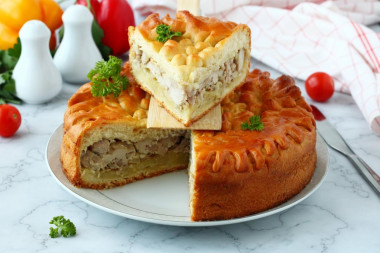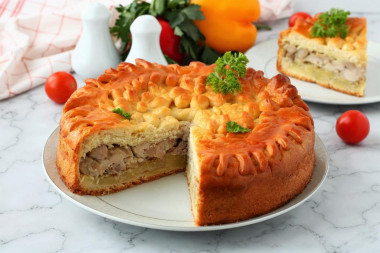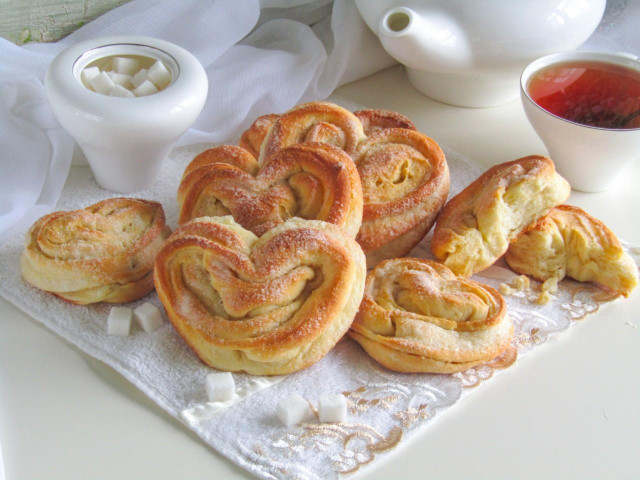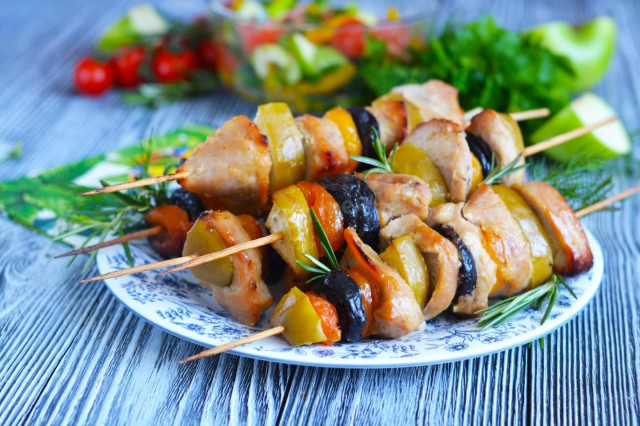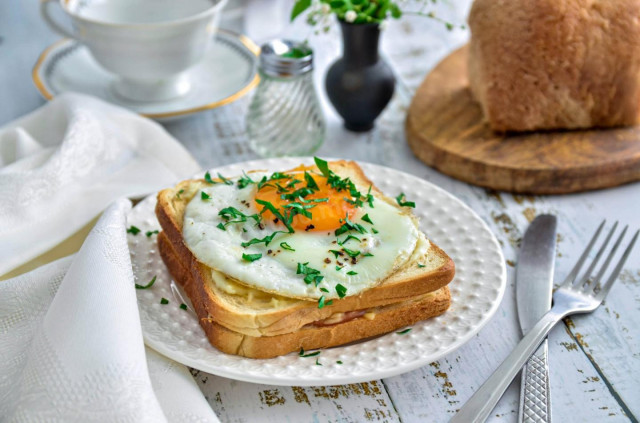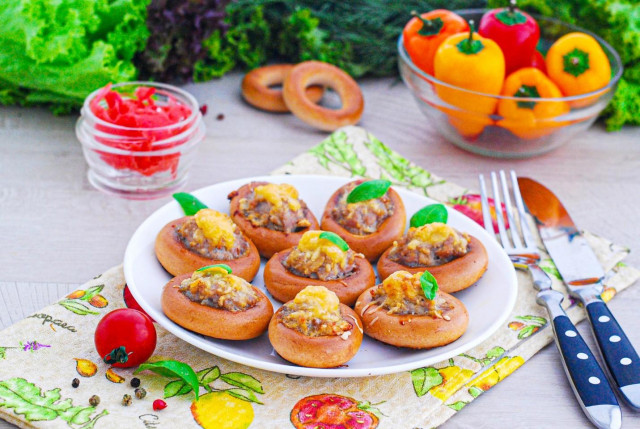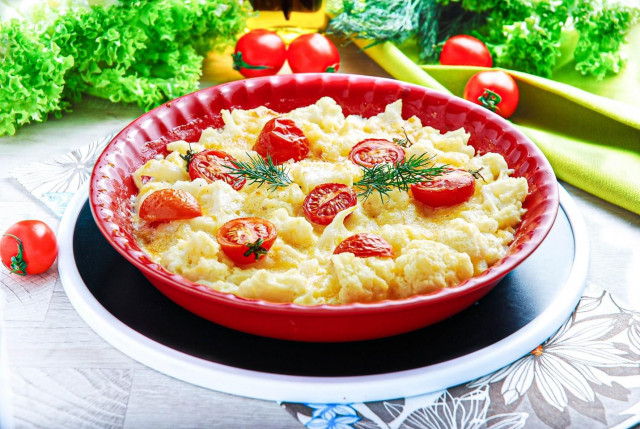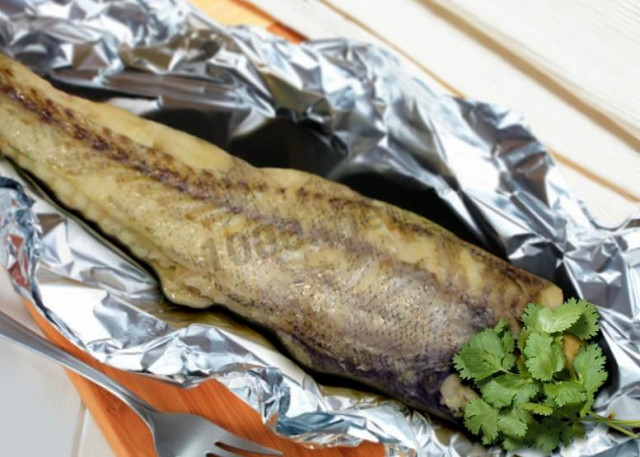Composition / ingredients
Step-by-step cooking
Step 1:
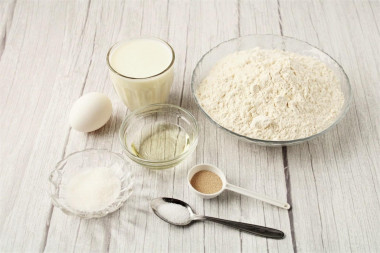
How to make a yeast pie with meat and potatoes? Measure out the necessary ingredients. Take the flour of the highest grade. Odorless vegetable oil. Heat the milk slightly.
Step 2:
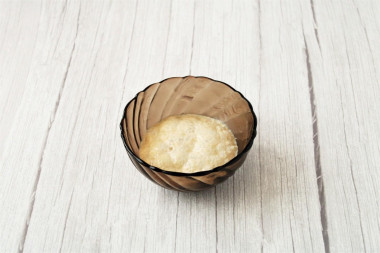
In a small bowl, combine yeast, 1 tsp sugar and 50 ml of warm milk, mix. Leave the yeast for 10-15 minutes until a foam cap forms. This process activates the yeast and also checks its quality. If the "cap" has not risen or has risen weakly and sluggishly, then it is better not to use yeast. Otherwise, it may not be a very successful dough.
Step 3:
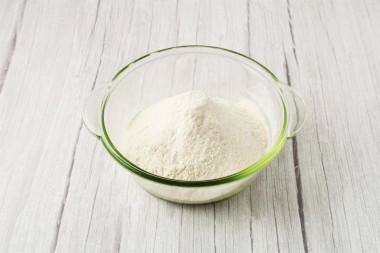
In a wide, spacious bowl, sift the flour so that it is enriched with oxygen and the dough is fluffy and easy to lift.
Step 4:
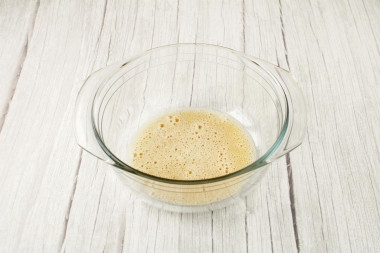
To prepare the dough, choose a suitable dish, given that the dough will increase in volume. Beat the egg with sugar and salt until smooth. Use a regular whisk.
Step 5:
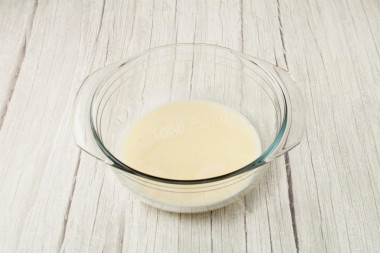
Pour the rest (150 ml) of warm milk, mix.
Step 6:
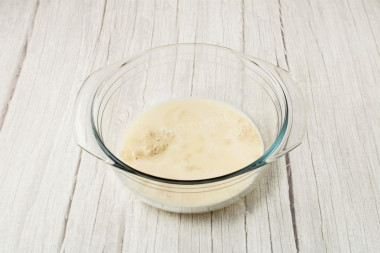
Add activated yeast, stir.
Step 7:
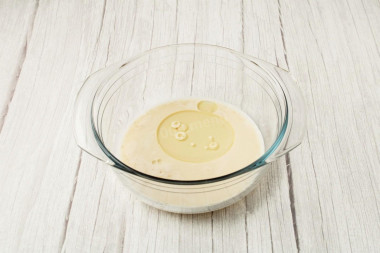
Pour in the vegetable oil, mix until smooth.
Step 8:
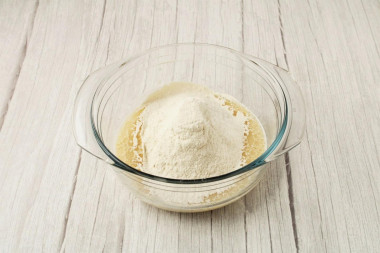
Pour in about 3/4 of the sifted flour, mix with a spoon. I pour the flour through a sieve, thereby sifting it twice. Flour may need more or less depending on its quality. Therefore, do not pour out all the flour at once, so as not to make the dough tight and heavy.
Step 9:
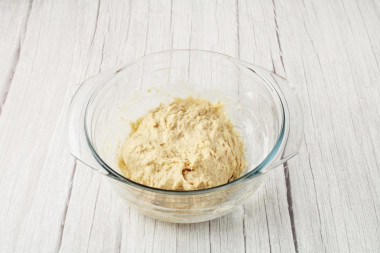
The dough is still too sticky.
Step 10:
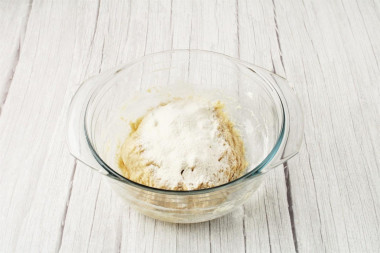
Add the rest of the flour in small portions (1-2 tablespoons each), while stirring the dough with your hands.
Step 11:
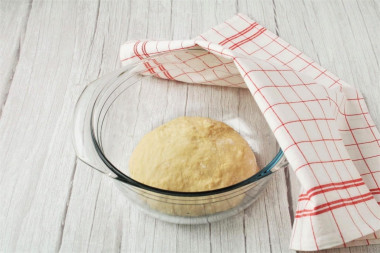
The dough should turn out soft, pliable. It can only stick to your hands slightly. Cover the bowl with the dough with a towel and put it in a warm place to rise.
Step 12:
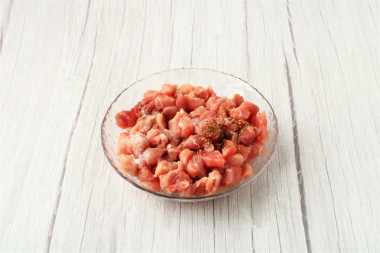
Prepare the filling for the pie. It is better to do this when the dough is almost ready, so that the filling does not give a lot of juice. Any meat can be used (beef, pork, chicken). I have a pork ham. Wash the meat, dry it thoroughly. Cut the meat into medium-sized cubes, add salt. Add 0.5 tsp of crushed coriander to make the filling fragrant, mix. You can use any spices and spices to taste.
Step 13:
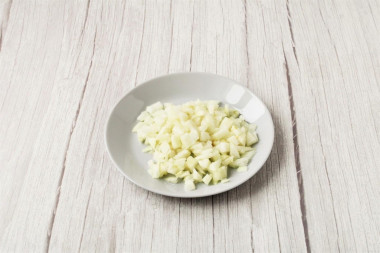
Peel onions, wash, cut into small cubes.
Step 14:
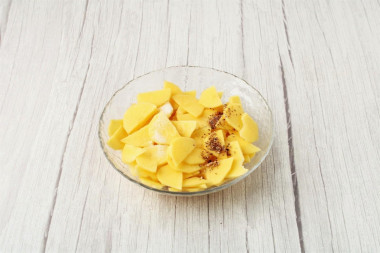
Peel potatoes previously washed with a brush under running water. I cut the potatoes into slices. Season the potatoes with salt, sprinkle with the remaining coriander, and mix. Choose the shape and degree of grinding of the components of the filling as desired. You can cut potatoes and meat into strips or cut everything into cubes. The cooking time of the pie will depend on the degree of grinding and the type of meat.
Step 15:
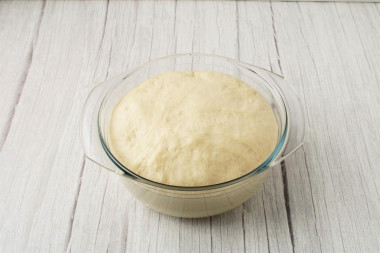
The dough has risen well, increasing in volume by about 2.5 times. My dough was suitable at room temperature for 1 hour and 30 minutes. The rise time will depend on the ambient temperature, yeast activity.
Step 16:
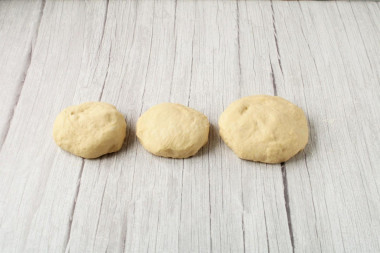
Knead the dough gently, put it on the table, sprinkled with flour. Divide the dough: for the bottom of the pie, for the top and for decorating the top. If you do not plan to decorate the pie, then divide the dough into 2 parts: a larger and a smaller one.
Step 17:
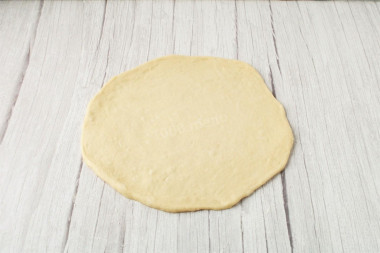
Roll out most of the dough into a round layer, the size of which is larger than the diameter of the baking dish.
Step 18:
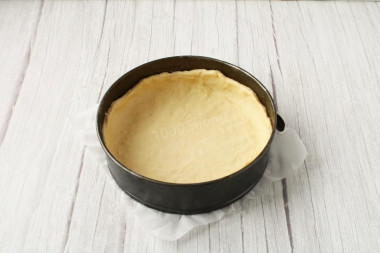
Grease the mold with oil. Transfer the dough to the mold, carefully distribute the dough on the bottom and sides. I have a form d=22 cm.
Step 19:
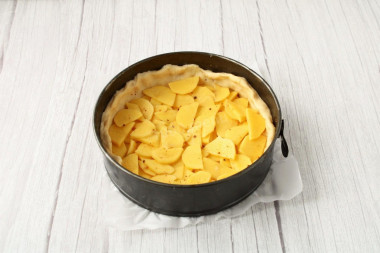
For the filling, you can mix all the ingredients, or you can lay out layers. I chose the second option. Lay out a layer of prepared potatoes.
Step 20:
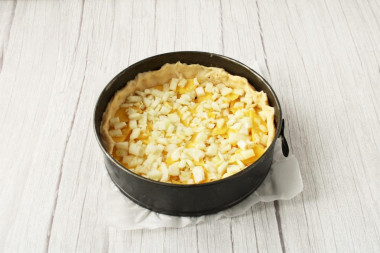
Spread the onion evenly on top.
Step 21:
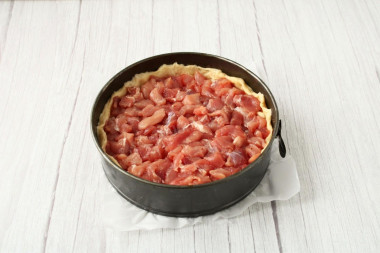
Then lay out the pieces of meat tightly.
Step 22:
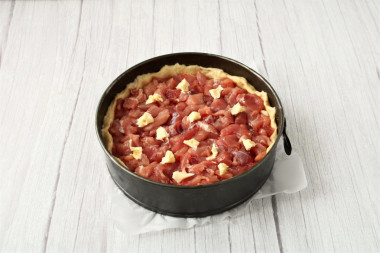
Cut the butter into small pieces and spread it on top of the filling so that the pie is juicier.
Step 23:
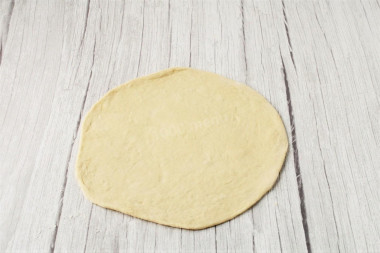
Roll out the second part of the dough with a size approximately equal to the diameter of the mold.
Step 24:
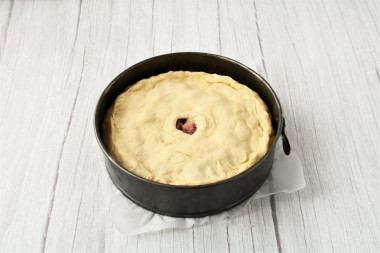
Close the filling with dough, connect the edges well. In the middle of the pie, make a hole for steam to escape. We will also check the filling for readiness through it. Make the hole diameter at least 3 cm. If the hole is small, it may close during baking, as the dough will rise.
Step 25:
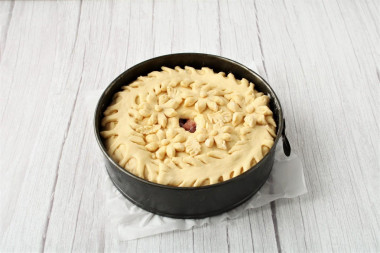
From the rest of the dough, make any decoration for the cake (optional).
Step 26:
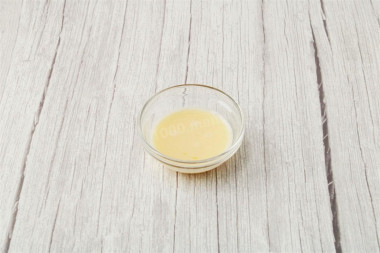
In a small bowl, beat the egg with milk with a fork until smooth.
Step 27:
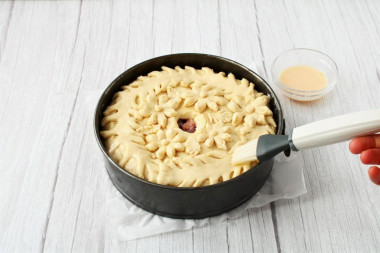
Using a cooking brush, smear the surface of the pie with beaten egg so that the pie gets a glossy blush.
Step 28:
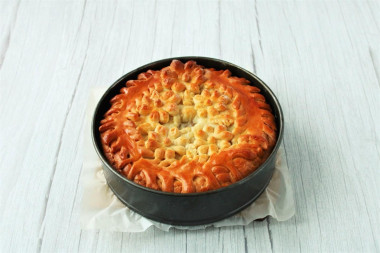
Bake the pie in a preheated 180C oven for about 1.5 hours. Towards the end of baking, check the readiness of the filling by piercing a piece of meat in the middle of the pie with a skewer. If it is soft, then the pie is ready. When the cake starts to turn slightly red, cover it with foil on top so that the top does not burn during prolonged baking. Cover the finished cake with a towel and let it stand in the mold for 15 minutes, then take it out.
Step 29:
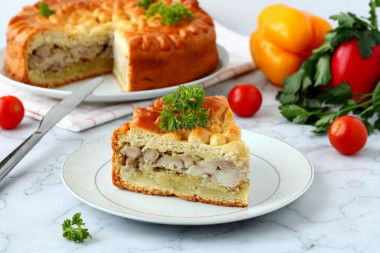
The pie with meat and potatoes from yeast dough is ready. Cut it into pieces and serve. Bon appetit!
Be prepared for the fact that you may need more or less flour than indicated in the recipe. Focus not on the amount of flour, but on the desired consistency of the dough. To avoid mistakes, read about flour and its properties!
In addition to pork, any other meat can be used in this dish. Keep in mind that the cooking time, as well as the taste and calorie content of the dish will change. For example, beef is cooked longer than pork, and chicken fillet or turkey is less.
Keep in mind that everyone's ovens are different. The temperature and cooking time may differ from those specified in the recipe. To make any baked dish successful, use useful information about the features of ovens !
In order for the oven to have time to heat up to the desired temperature, turn it on in advance (10-20 minutes before the start of cooking).
Caloric content of the products possible in the composition of the dish
- Ripe potatoes - 80 kcal/100g
- Baked potatoes - 70 kcal/100g
- Mashed potatoes - 380 kcal/100g
- Boiled potatoes - 82 kcal/100g
- Potatoes in uniform - 74 kcal/100g
- Fried potatoes - 192 kcal/100g
- Whole cow's milk - 68 kcal/100g
- Milk 3.5% fat content - 64 kcal/100g
- Milk 3.2% fat content - 60 kcal/100g
- Milk 1.5% fat content - 47 kcal/100g
- Concentrated milk 7.5% fat content - 140 kcal/100g
- Milk 2.5% fat content - 54 kcal/100g
- Chicken egg - 157 kcal/100g
- Egg white - 45 kcal/100g
- Egg powder - 542 kcal/100g
- Egg yolk - 352 kcal/100g
- Ostrich egg - 118 kcal/100g
- Pork fat - 333 kcal/100g
- Pork meat - 357 kcal/100g
- Pork - low-fat roast - 184 kcal/100g
- Pork chop on a bone - 537 kcal/100g
- Pork - schnitzel - 352 kcal/100g
- Pork Shoulder - 593 kcal/100g
- Hog leg - 113 kcal/100g
- Pork - 259 kcal/100g
- Granulated sugar - 398 kcal/100g
- Sugar - 398 kcal/100g
- Butter 82% - 734 kcal/100g
- Amateur unsalted butter - 709 kcal/100g
- Unsalted peasant butter - 661 kcal/100g
- Peasant salted butter - 652 kcal/100g
- Melted butter - 869 kcal/100g
- Vegetable oil - 873 kcal/100g
- Salt - 0 kcal/100g
- Onion - 41 kcal/100g
- Wheat flour - 325 kcal/100g
- Ground coriander - 25 kcal/100g
- Dry yeast - 410 kcal/100g

